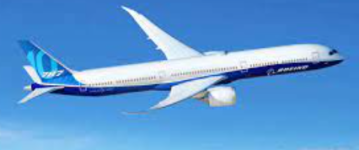A new challenge for our loyal members:
Maybe one day, You may have wondered how several airlines provide Wi-Fi service to passengers despite the lack of a signal in the sky; how is this done?
200 Biznotes for the user who gave a full informative post without plagiarism (copier/paste from Google), and of course, the faster one will win if he explains well
Let's discover the genius members on Bizdustry and challenge each other.

Maybe one day, You may have wondered how several airlines provide Wi-Fi service to passengers despite the lack of a signal in the sky; how is this done?
200 Biznotes for the user who gave a full informative post without plagiarism (copier/paste from Google), and of course, the faster one will win if he explains well
Let's discover the genius members on Bizdustry and challenge each other.





